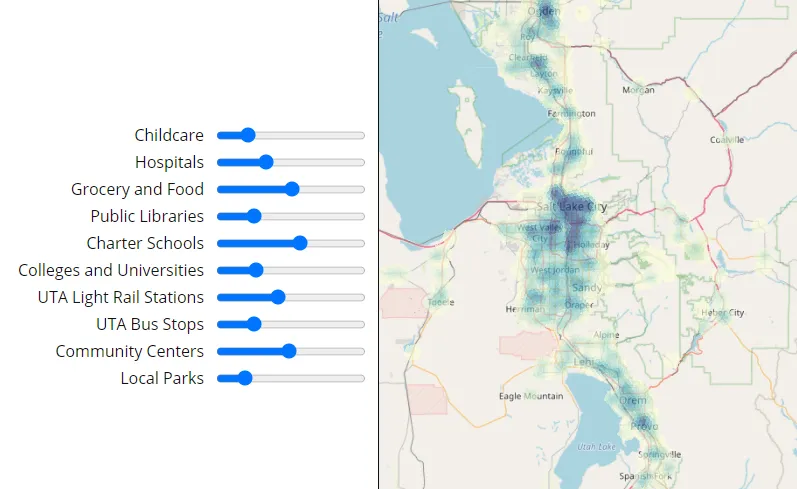Poverty and Place
We now know that poverty and place are connected. Numerous studies, opens in a new tab point to evidence showing that place matters a great deal to an individual’s economic outlook. This is particularly true for children.
Research, opens in a new tab shows that children growing up in poverty are more likely to remain in poverty, but children who move to neighborhoods with more opportunity (particularly before their teenage years) have a much better chance of breaking the cycle.
This tells us two things - that neighborhoods play a significant role in the pattern of intergenerational poverty, opens in a new tab and that neighborhoods with better services and more opportunities provide residents a greater chance to succeed.
While it might be possible for some families to relocate to better areas, it’s more practical to improve services in underserved neighborhoods.
Ultimately, the goal is to provide residents a viable path to upward economic mobility. Generally speaking, this includes access to quality schools, healthcare, mixed housing, and sustainable jobs. Services such as safe and reliable transportation also play a major role.
GIS as a Community Tool
Identifying areas, opens in a new tab in the community that provide or lack these services is an essential step to creating a path forward. Geographic information systems (GIS) are well suited for this task. Using GIS, we are able to visualize the data as layers in a map. Combining the layers into one system allows us to spatially analyze the data together and ask questions such as “What areas in our community are best suited for a new charter school?”, or “Based on recent growth, where do we need to expand healthcare and transit services?”.
Using spatial tools like suitability analysis, we can highlight areas on a map that meet these specific criteria (shown in Figure 1). The more layers we add, the bigger the questions we can ask. This is powerful when looking at complex issues such as intergenerational poverty, opens in a new tab.
Geographic information systems allow us to ask big questions. As a community tool, GIS can empower residents and community leaders to make smarter decisions. When addressing intergenerational poverty, the key is to provide residents with access to services that give them a fair opportunity to succeed. Planning for the success of future generations involves investing in these services now. As we move forward, GIS should be a required tool in the community toolbox.
For example, the layers in the screenshot below give the user the ability to discover areas in the state where residents do and do-not have access to essential services, such as childcare, hospitals, grocery stores, libraries, and transit stops. This map shows a sample of what can be done using GIS and spatial analysis.
Figure 1: Suitability Analysis along the Wasatch Front
